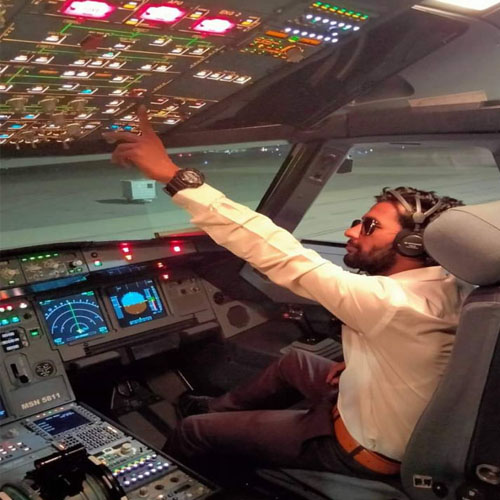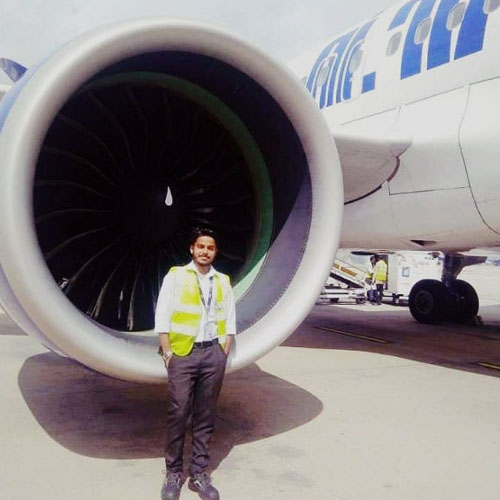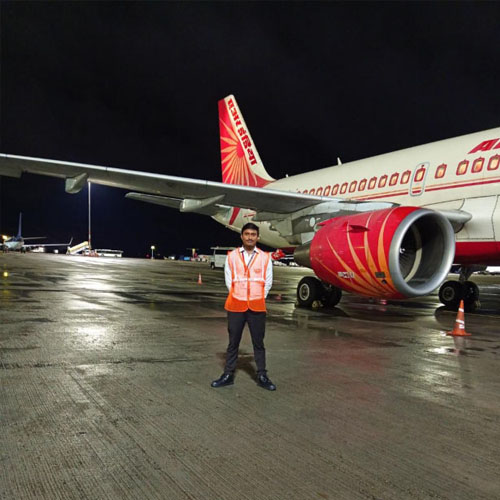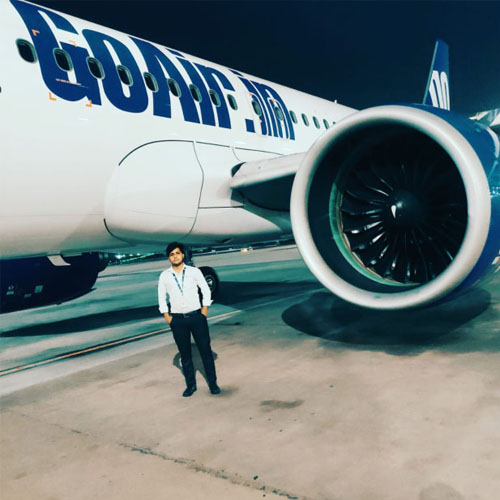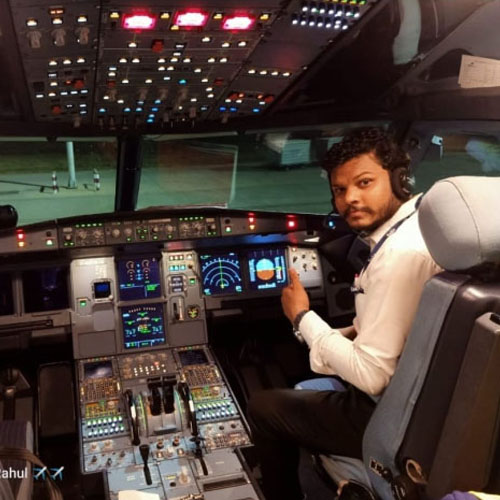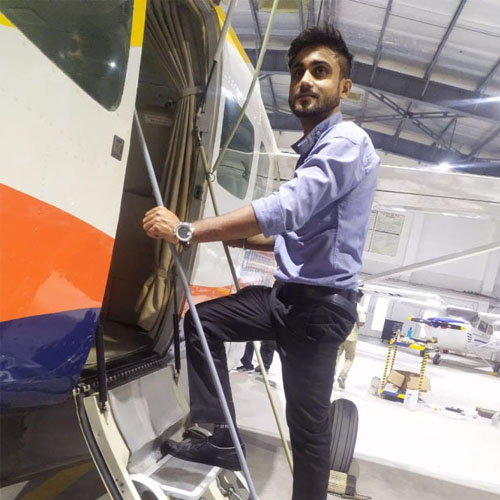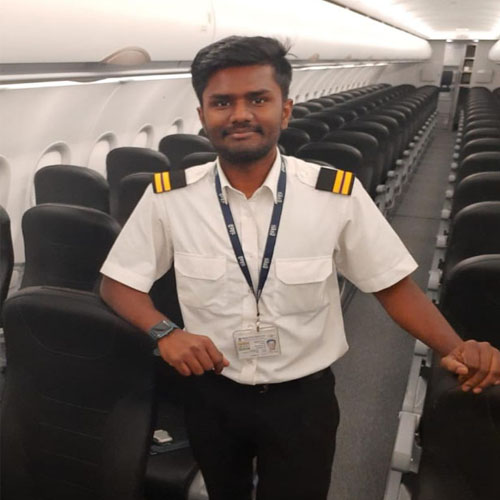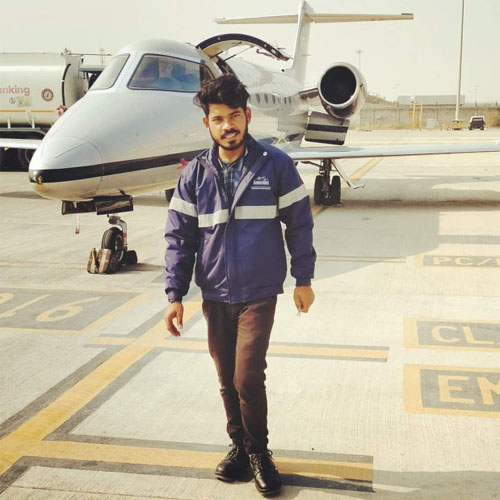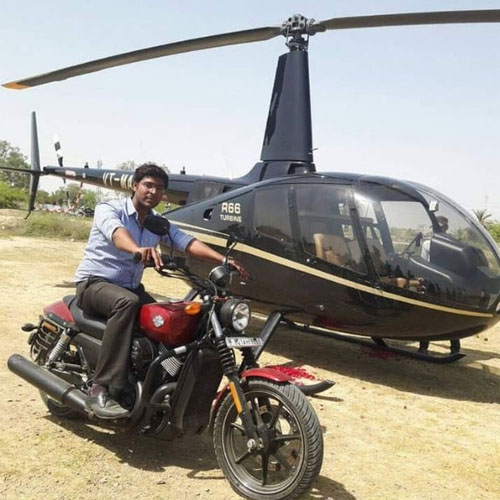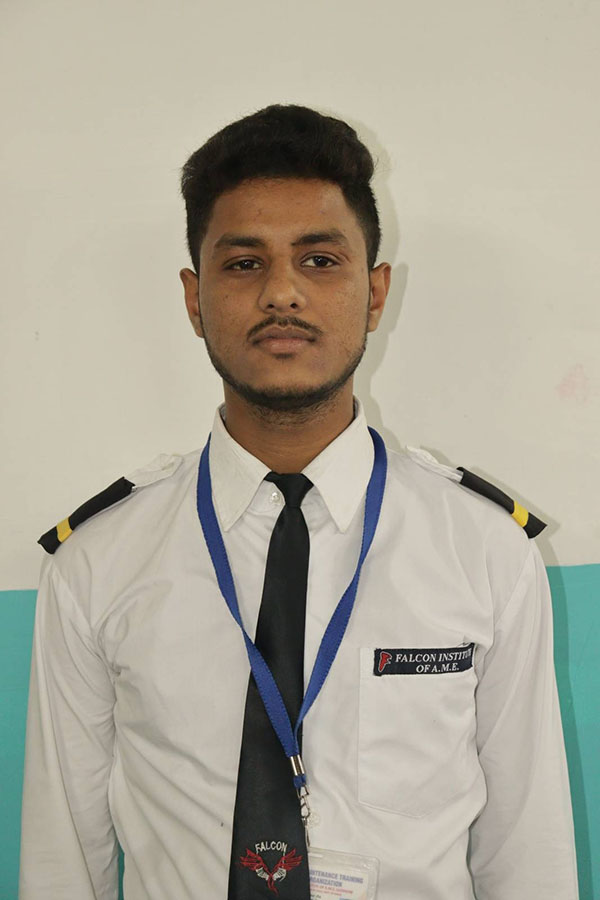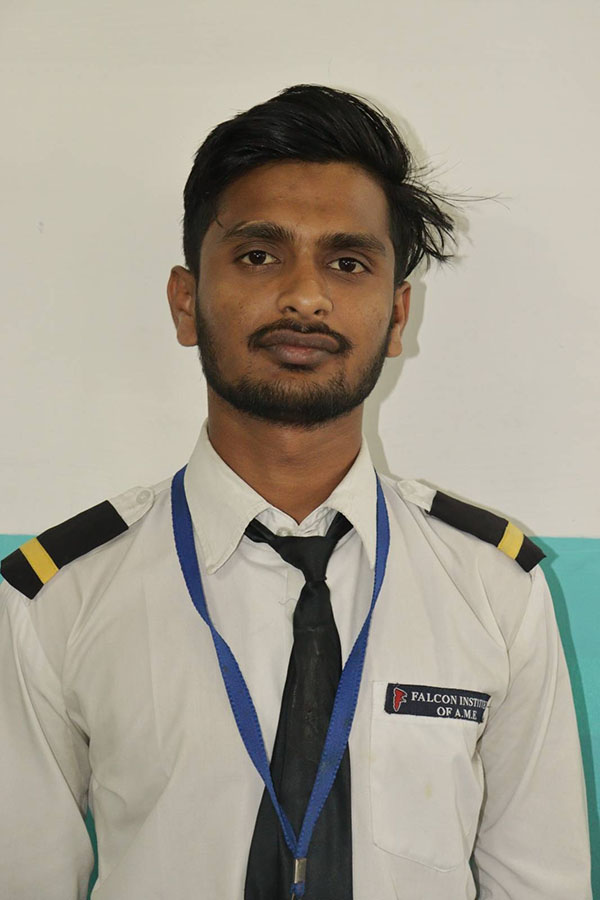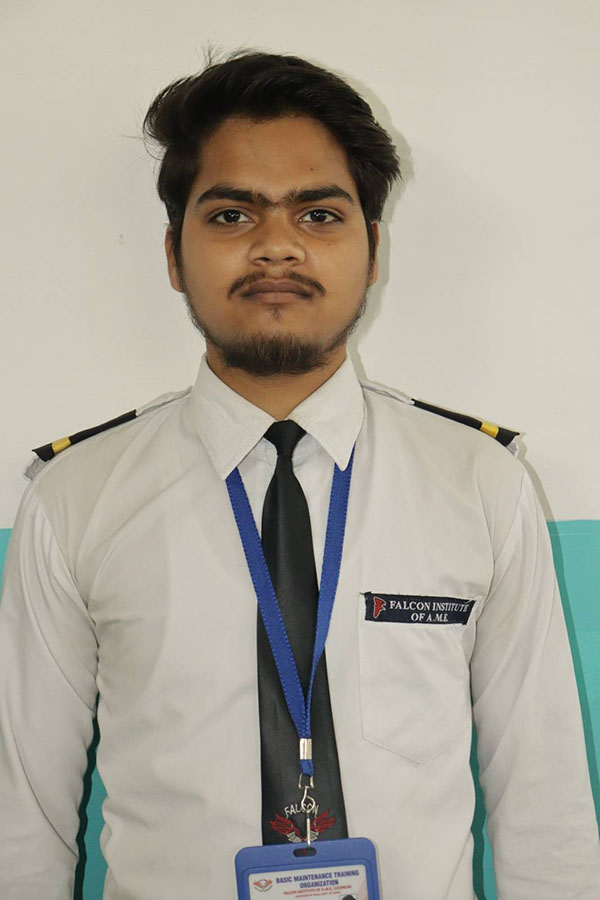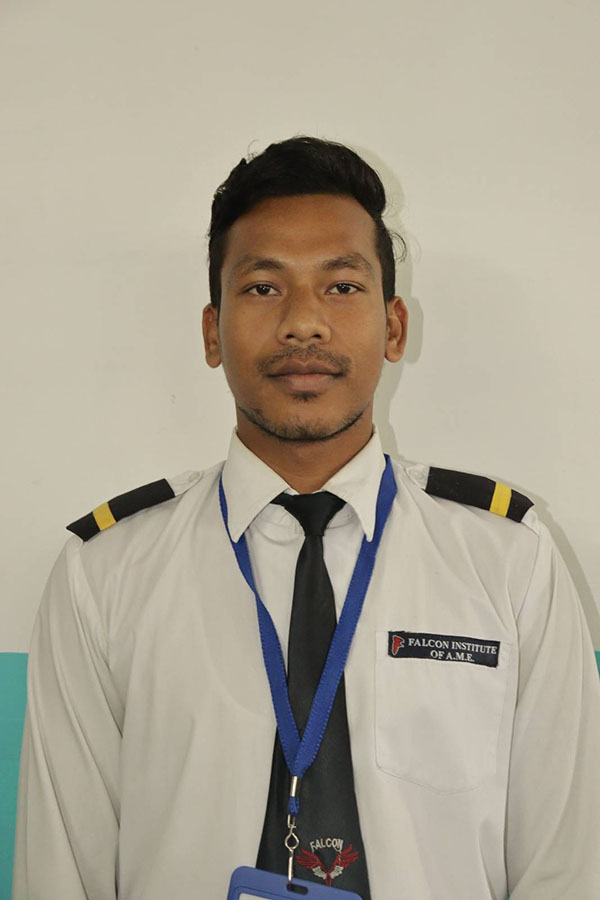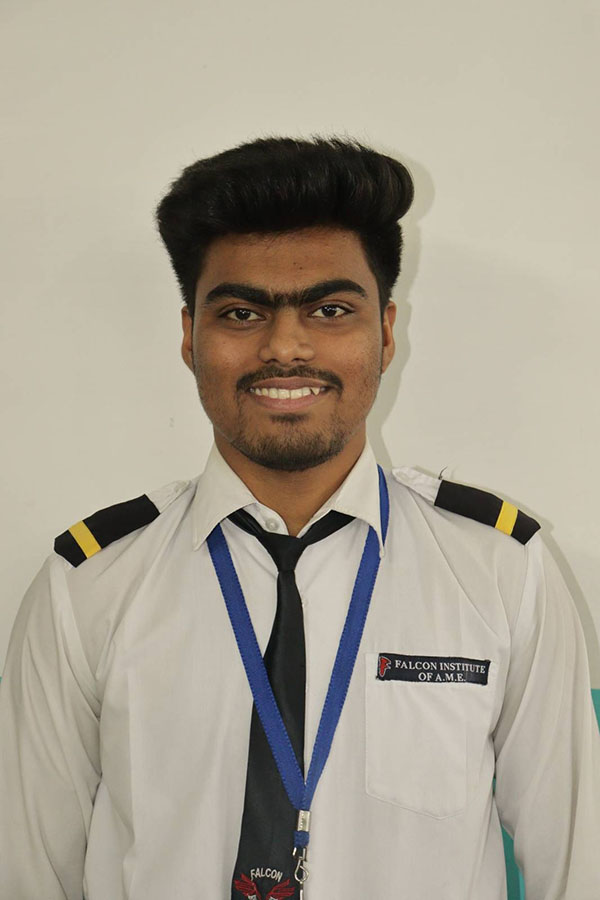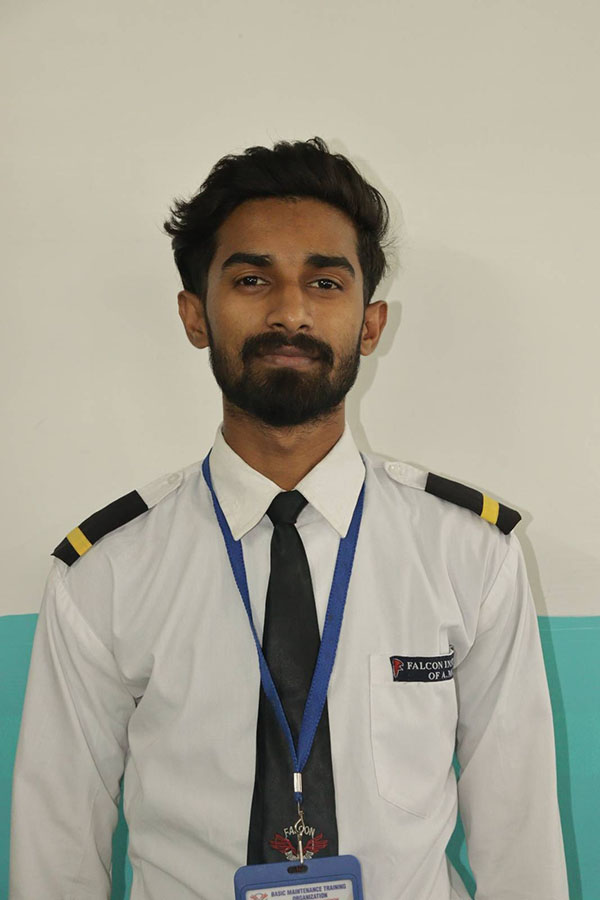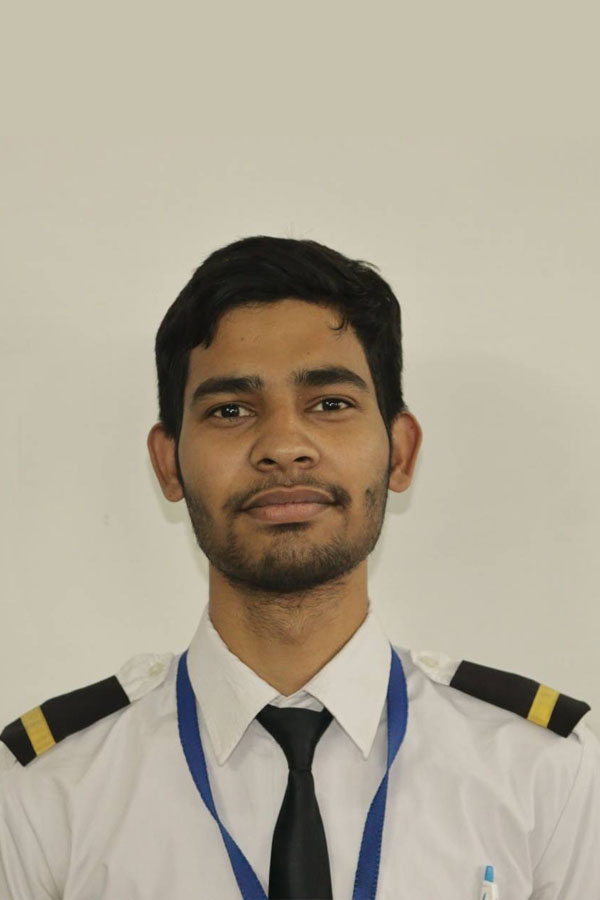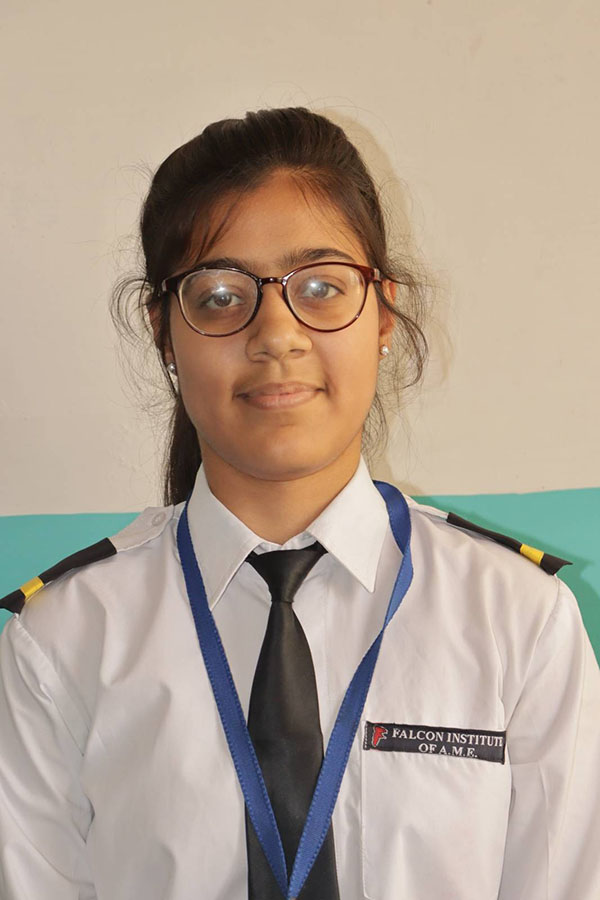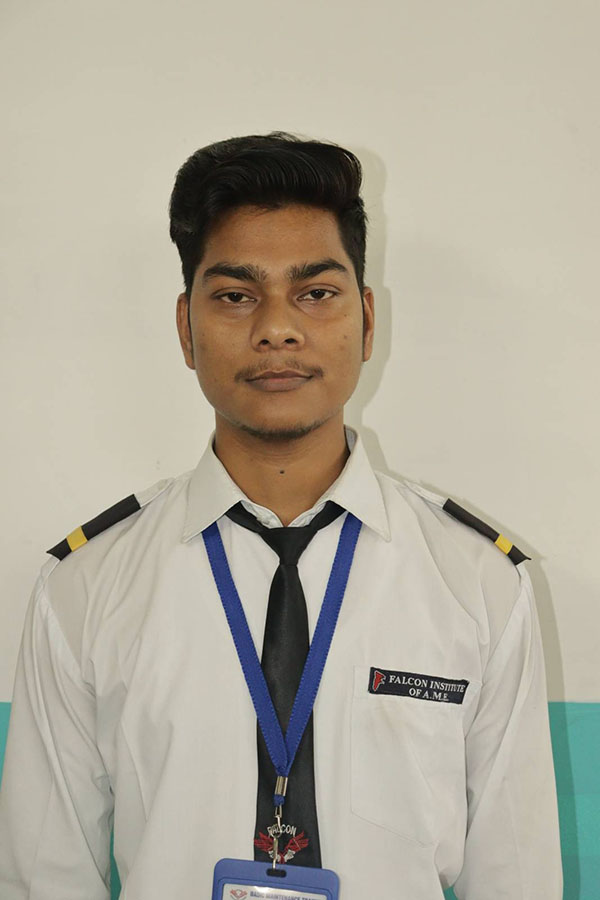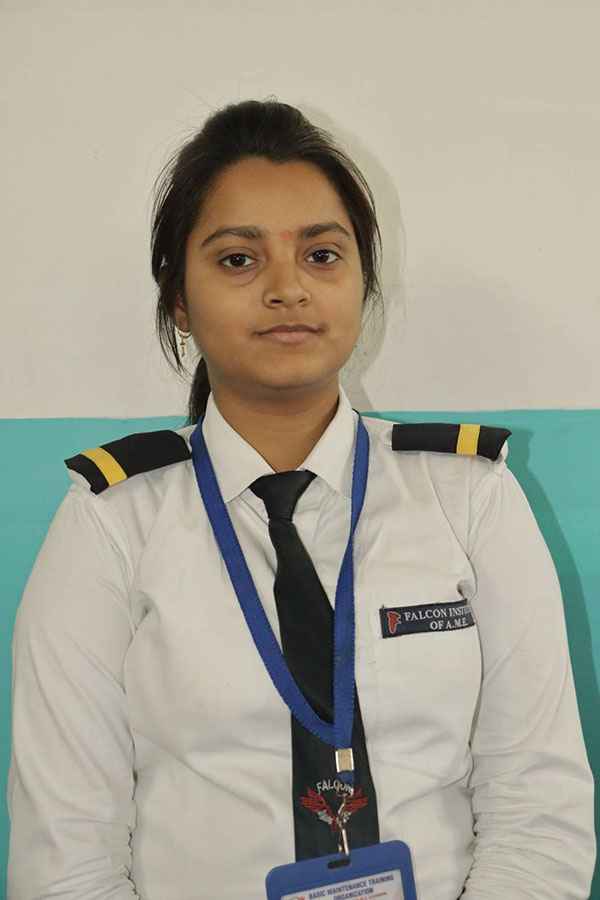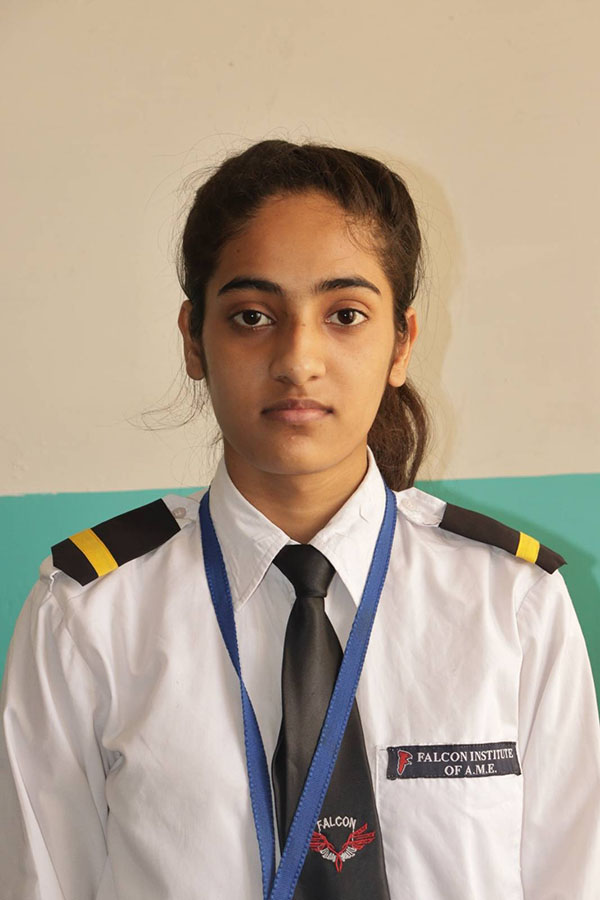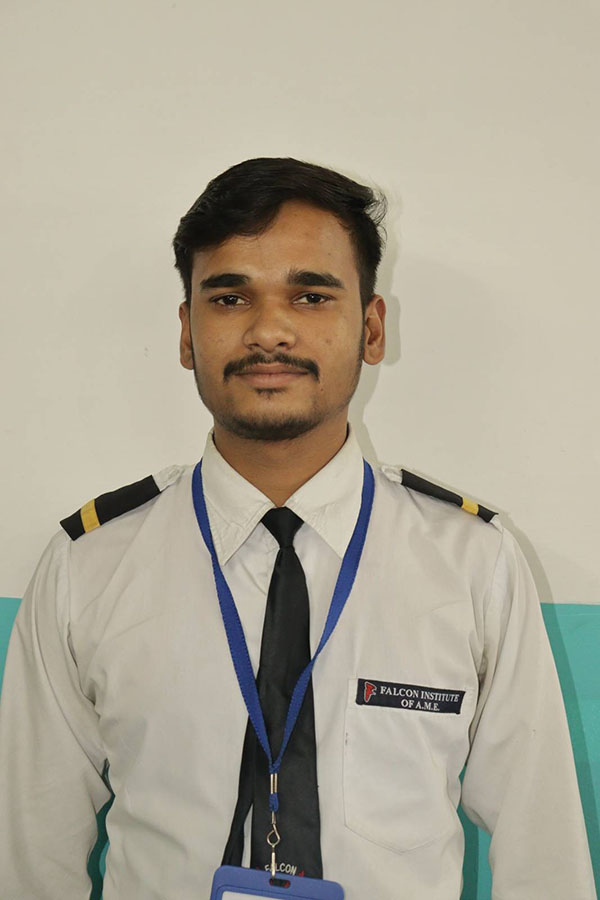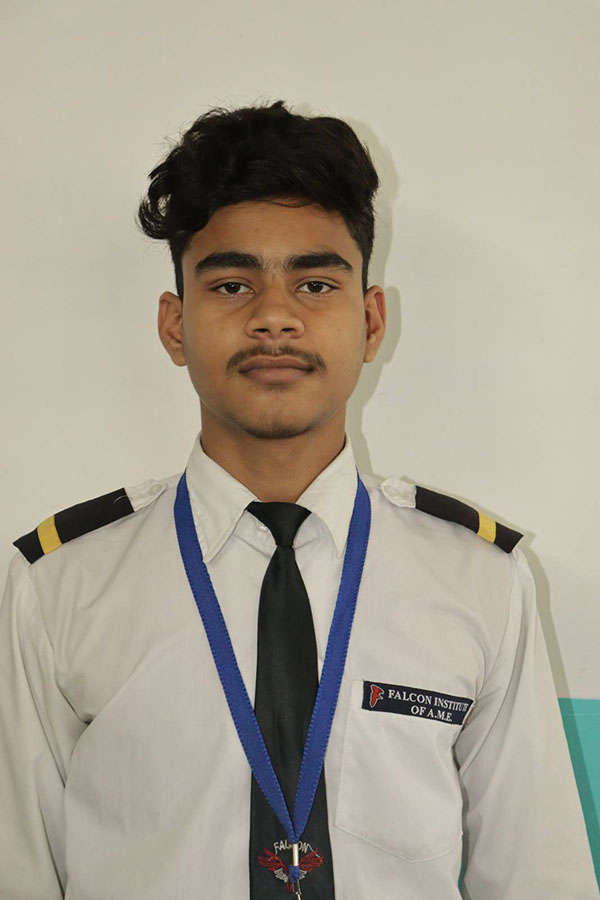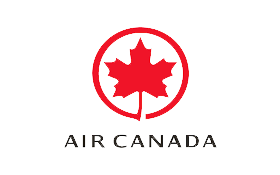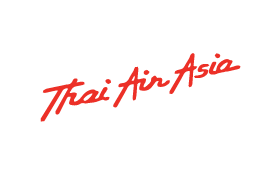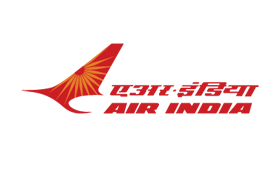About Aircraft Maintenance Engineering (AME) Course:-
The Aviation Technology -Aircraft Maintenance Engineering (AME) B1.1 Mechanical & B2 Avionics is a Basic Maintenance Training program CAR 147 (BASIC) Approved by Directorate General of Civil Aviation (DGCA) that provides students with the knowledge and skills required to start a career in Aircraft Maintenance Engineering (AME) field Of Aviation. This program will cover all aspects of aircraft maintenance including systems used in Schedule Airlines, General aviation, Corporate, and Charter transport category aircraft as well as helicopters. The program will also include Avionics training for service, repair, and maintenance of aircraft electrical and electronic systems such as communication, navigation, and data systems. Aircraft Maintenance Engineer to cover maintenance, repair, replacement or rectification of structure, engine, jet engines, turbo jet, turbo prop engines, mechanical, electrical & Hydraulic systems for that type of aircraft.

Aircraft Maintenance Engineers AME’s Will Do-
- Service, test, troubleshoot and repair aircraft and systems on large or small, fixed or rotary wing aircraft in accordance with manufacturers’ specified instructions, accepted aviation techniques/practices and the requirements of the Indian Civil aviation regulations.
- Evaluate fixed wing and rotary aircraft structures and complete maintenance, assembly, fabrication, and structural repair work on large and small aircrafts in accordance with technical manuals, standard practices, and standards of performance and safety.
- Perform scheduled and unscheduled inspections on aircraft structural, operational, environmental, communication, navigation, surveillance, and flight guidance systems to ensure they are in proper working order and meet standards of performance and safety.
- Remove, install, and configure airframe and avionics parts, components, and line replaceable units as part of unscheduled maintenance and out-of-phase tasks.
- Remove, install, and configure the aircraft power plant and accessories on both turbine and piston engines.
- Remove, install, configure, test, and evaluate function and operation of instrument, communication, navigation, surveillance, and flight guidance systems.
- Diagnose malfunctions and defects in aircraft systems, avionics systems, and related components using technical manuals, drawings, wiring diagrams, engineering orders, and standards of performance and safety.
- Evaluate component wear and fatigue using appropriate measuring devices to determine necessary repair or replacement tasks in order to maintain the aircraft’s airworthiness and safety.
- Complete airworthiness directives, manufacturers’ service bulletin, and engineering modification tasks on aircraft systems, avionics systems, and structures.
- Dismantle and reassemble airframes, aircraft engines, and electrical and electronic systems for repair and overhaul.
- Interpret written instructions, schematics, manufacturers’ specifications, technical drawings, manuals, and computer-based information while performing routine and unscheduled tasks.
- Maintain detailed inspection, repair, maintenance, and certification records and reports to meet industry regulations and logbook requirements.
- Perform all work in accordance with health and safety regulations, manufacturers’ specifications, and DGCA Regulations.
- Evaluate, modify and implement quality control and quality assurance procedures to meet organizational standards and requirements.





